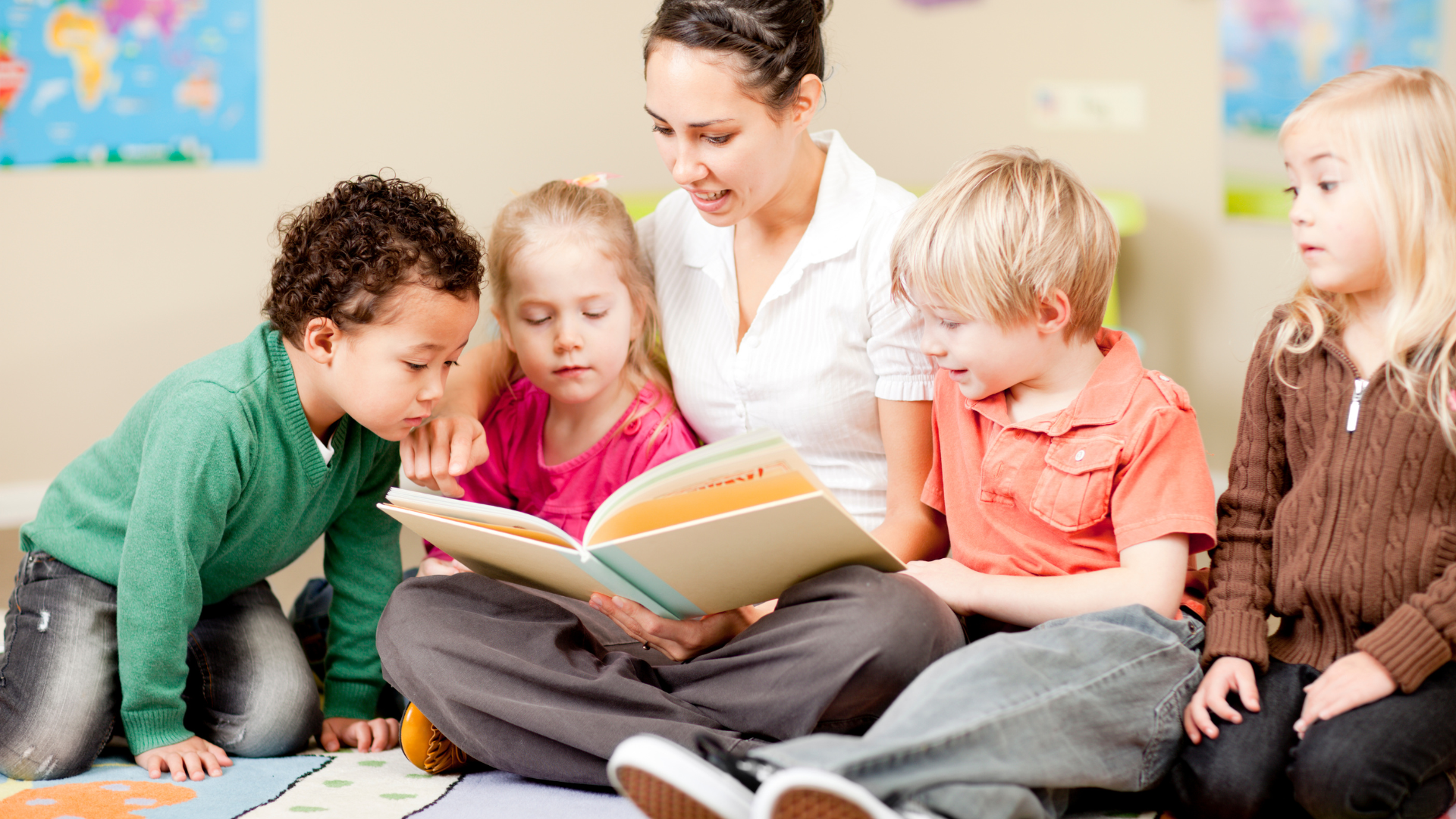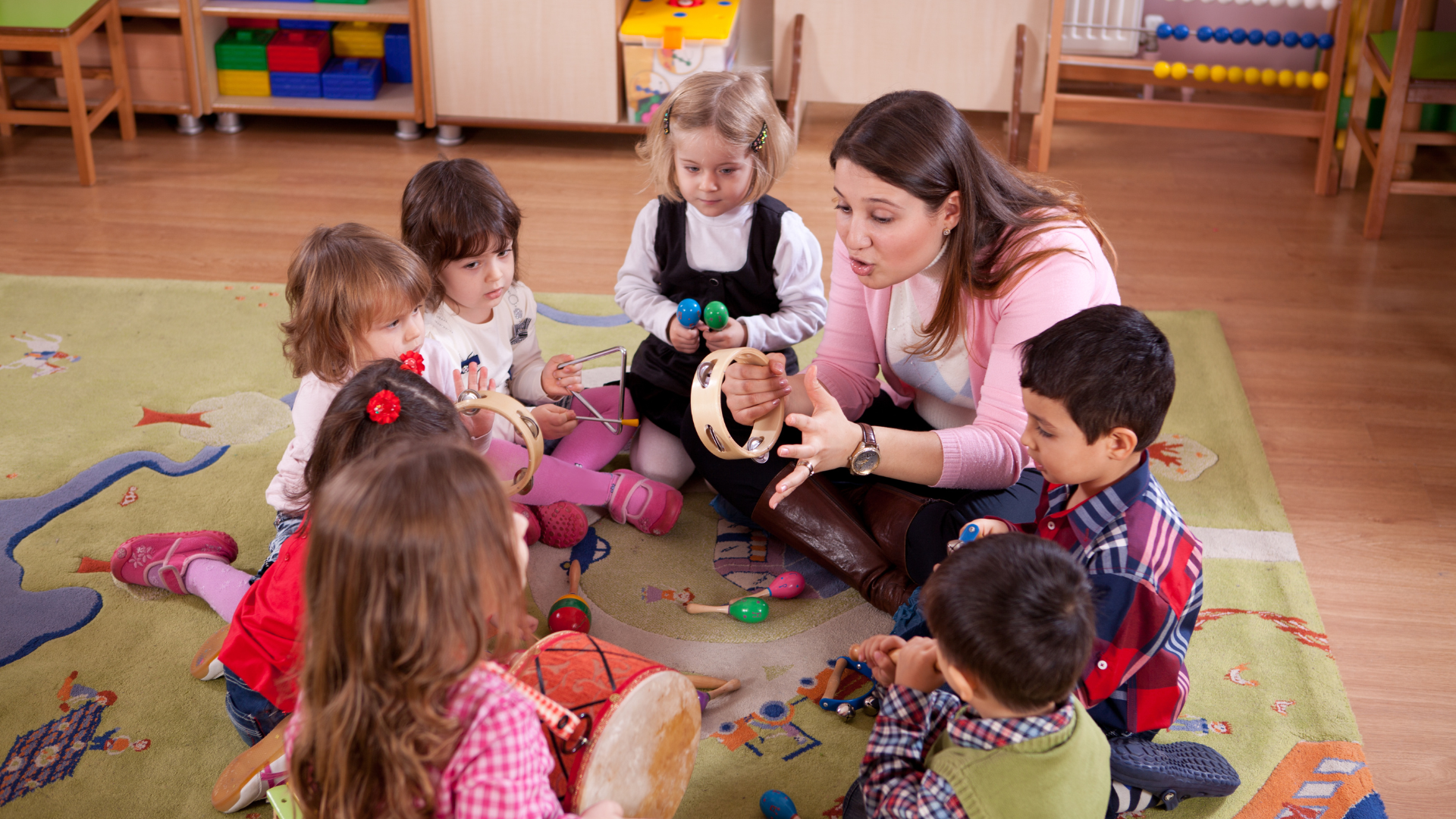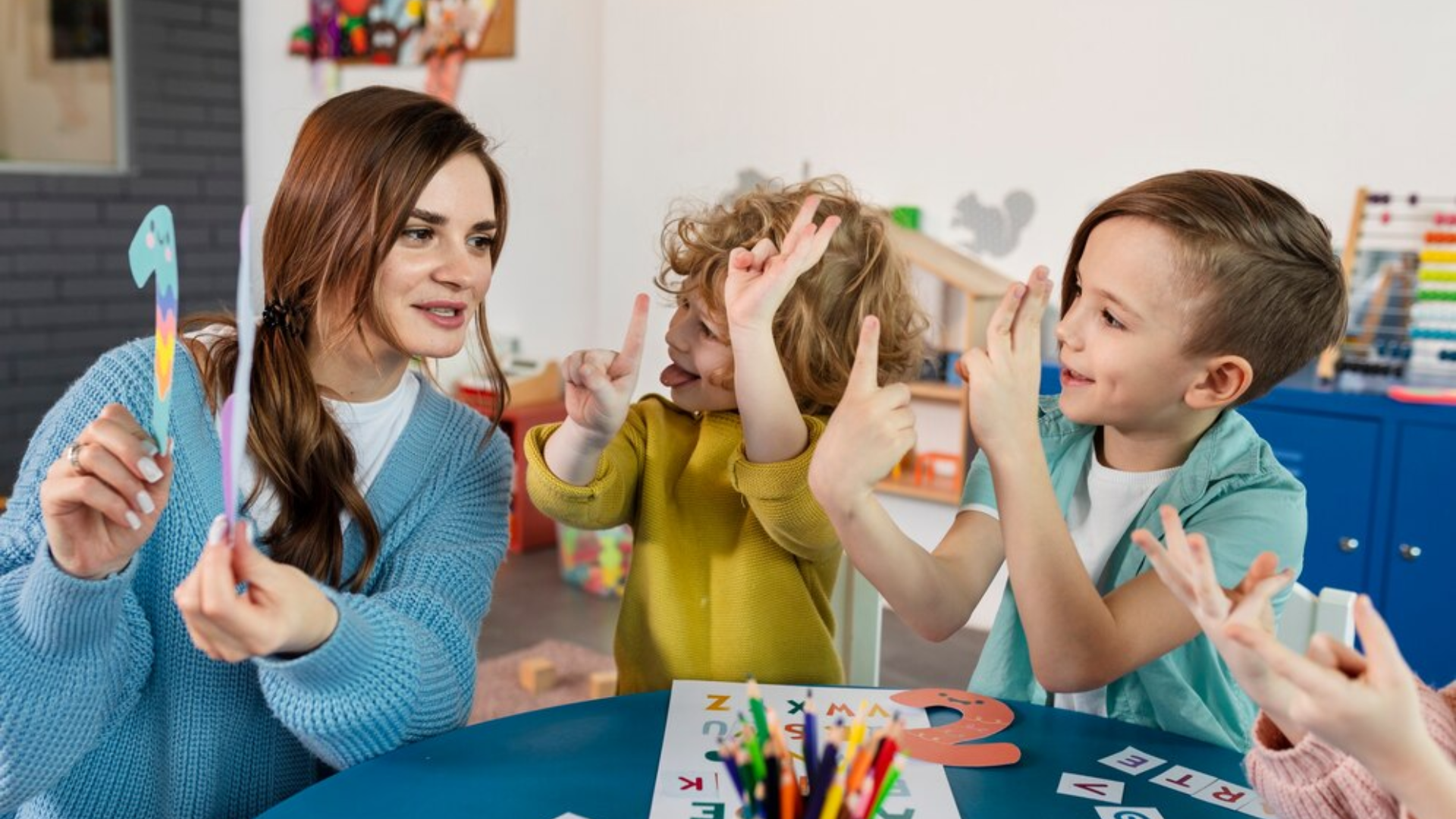Gentle Ways to Set Boundaries With Preschoolers

Setting boundaries with preschoolers is a delicate task that can sometimes feel like a balancing act. On one hand, children at this age are learning about their autonomy and independence. On the other hand, they still need clear guidance and structure to feel secure and learn how to function in the world around them. For parents and caregivers, knowing how to set boundaries in a way that fosters respect and understanding is crucial for healthy development.
At Oakridge Children’s Academy, we understand that the way we set boundaries with preschoolers can have a significant impact on their emotional and social development. Children at this stage are beginning to form their identities, test their limits, and learn how to interact with others. The goal is to set boundaries that are not only clear but also kind and nurturing, helping your child feel safe while encouraging self-discipline and empathy.
In this blog post, we’ll explore some gentle, effective ways to set boundaries with preschoolers that promote positive behavior, respect, and emotional growth.
Why Setting Boundaries is Important for Preschoolers
Preschoolers are at an age where they are developing an understanding of the world around them, including how their behavior affects others. Boundaries provide children with structure, helping them understand expectations and feel safe in their environment. Without boundaries, children may become anxious or overwhelmed, as they are unsure of what is expected or what is acceptable behavior.
Boundaries also teach important life skills, such as self-control, respect for others, and problem-solving. When boundaries are set gently and consistently, children can learn to manage their emotions, develop positive social skills, and foster a sense of responsibility.
While it’s important to maintain consistency, the way we set boundaries matters just as much as the boundaries themselves. Using a gentle approach allows for more positive interactions, less resistance, and stronger parent-child relationships.
Gentle Ways to Set Boundaries With Preschoolers
1. Use Clear and Simple Language
Preschoolers are still learning language, so it’s important to keep your instructions simple and clear. Instead of vague statements like “Be good,” be specific about what you expect.
For example:
Instead of saying, “Stop being noisy,” say, “Please use your indoor voice.”
Instead of saying, “Don’t do that,” say, “We don’t hit. Hands are for helping.”
Using clear, positive language helps preschoolers understand what behavior is expected of them without feeling shamed or confused. It’s also a more effective way to communicate your boundaries, as preschoolers are still developing their comprehension skills.
At Oakridge Children’s Academy, our educators use clear and direct language with children to help them understand expectations in a calm and reassuring manner. This allows children to feel secure in knowing what is expected of them, reducing anxiety and confusion.
2. Offer Choices Within Boundaries
Preschoolers are naturally beginning to assert their independence. Giving them choices within the boundaries you set can help them feel more in control, which often results in less resistance.
For example:
If it’s time to clean up, give them a choice: “Would you like to start with the blocks or the dolls?”
If your child is getting ready for bed, you could say, “Do you want to brush your teeth before or after your story?”
By offering choices, you empower your child to make decisions while still adhering to the boundaries you’ve set. This encourages a sense of autonomy while maintaining structure.
3. Be Consistent and Predictable
Children thrive when they know what to expect. Consistency in setting boundaries is key to helping your child understand the consequences of their actions. If you allow certain behaviors one day but not the next, it can be confusing for your child and lead to frustration or behavioral issues.
If a specific behavior is not acceptable, it’s important to respond the same way each time. If hitting is not allowed, calmly and firmly remind your child of the boundary: “We don’t hit. Hitting hurts.”
If you’ve established a routine, stick to it as much as possible. Predictability in daily activities, such as meal times, nap times, and bedtime, can help your child feel secure and reduce stress.
At Oakridge, we provide a structured environment with predictable routines and consistent expectations, which helps children feel safe and know what is expected of them.
4. Use Positive Reinforcement
Instead of focusing solely on the behavior you want to stop, try to reinforce the behaviors you want to encourage. Praise your child when they follow a boundary or demonstrate positive behavior. Positive reinforcement helps children feel good about their actions and motivates them to repeat them.
For example:
If your child shares their toy, say, “Thank you for sharing! That was very kind.”
If your child listens to instructions, praise them by saying, “Great job following the rule! I’m proud of you.”
Positive reinforcement encourages children to make good choices and helps them feel recognized for their efforts. This approach promotes a sense of pride and builds their self-esteem.
5. Stay Calm and Firm
When setting boundaries with preschoolers, your tone and demeanor matter. Children are very attuned to their parents’ emotions, and if you react with frustration or anger, it can escalate the situation and make it harder to communicate effectively. Staying calm and firm when setting boundaries helps your child understand that you are in control without resorting to yelling or punishment.
For example:
If your child refuses to put their shoes on, calmly say, “It’s time to go. We need to put on our shoes. I can help you.”
If they are resisting bedtime, say, “It’s bedtime now. Let’s get your pajamas on, and then I will read you a story.”
Remaining calm lets your child know that you are confident and that the boundary is non-negotiable, but it also creates a sense of emotional security.
6. Be Empathetic to Your Child’s Needs
Preschoolers may struggle with transitions, feelings of frustration, or being told "no." During these moments, empathy is key. Instead of simply enforcing a boundary, acknowledge your child’s feelings and offer comfort.
For example:
“I know you really want to keep playing, but it’s time to clean up. I can help you.”
“I see you’re upset because you wanted to stay longer at the park. I understand. We’ll come back again soon.”
Empathy helps your child feel heard and understood, even when they’re frustrated by the boundaries you’ve set. It shows them that it’s okay to have feelings, but there are still rules to follow.
Understanding the difference between tantrums and meltdowns is key to helping your child manage their emotions. In our post The Difference Between Tantrums and Meltdowns and What to Do About Them, we explore strategies for handling these emotional outbursts, and in How to Help Young Children Express Big Emotions, we provide tips to support your child in expressing their feelings in healthy ways.
Conclusion: Setting Boundaries with Love and Respect
Setting boundaries with preschoolers doesn’t have to be a battle. By using clear communication, offering choices, staying consistent, and showing empathy, you can set boundaries that guide your child while maintaining a nurturing, supportive environment. At Oakridge Children’s Academy, we believe that gentle, consistent boundaries are the foundation for building trust, emotional security, and positive behaviors in young children.
By responding with patience and understanding, you can help your preschooler feel confident in their ability to navigate the world while also learning how to respect the boundaries of others. Remember, setting boundaries is not about controlling your child—it’s about helping them grow into a confident, respectful individual who understands the importance of kindness, cooperation, and self-regulation.
If you’re looking for additional support or advice on setting boundaries with your child, our team at Oakridge Children’s Academy is always here to help. Together, we can create an environment that promotes emotional growth and healthy development for your child.










